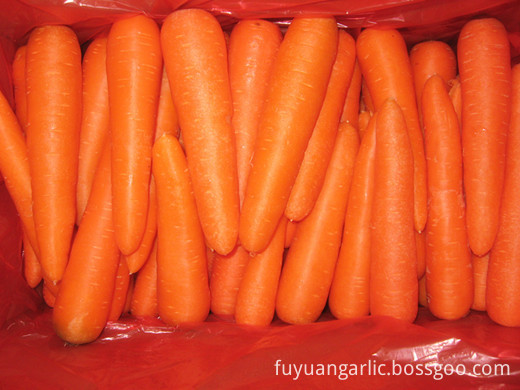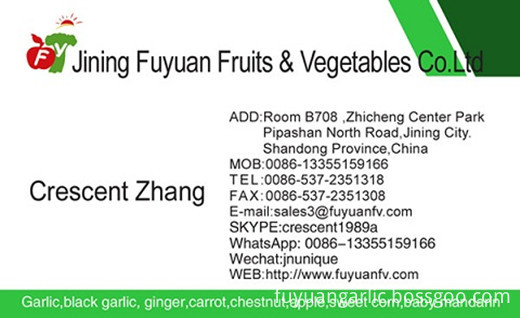Need for fertilizer dynamics: yam has a long growing period and requires a large amount of fertilizer, so it prefers organic fertilizers with long-lasting fertilizer effects. As the formation of tubers is accompanied by the accumulation of starch and other substances, the demand for phosphorus and potassium is relatively large. In the early stage of growth, due to low temperature and slow release of organic nutrients, yam should supply appropriate amount of available nitrogen fertilizer to promote the growth of stems and leaves. In the middle and late stages of growth, the growth of tubers increases rapidly and requires a large amount of nutrients to supply. Therefore, in addition to supplying enough nitrogen fertilizer, To keep the stems and leaves from aging, it is also necessary to supplement phosphorus and potassium fertilizers to promote tuber enlargement and enrichment, and to increase yield and quality. Generally, organic manure and appropriate amount of superphosphate are fermented and fermented, and appropriate amount of potash fertilizer is used as base fertilizer, which can basically satisfy the requirement of whole fertility for nutrients. In the later stage of tuber growth, depending on the growth of the plant, suitable amount of available fertilizer can be applied to prevent premature aging.
2. Diseases of yam nutritional disorders are found in infertile sandy soils due to insufficient supply of nutrients, weak plant growth, small tubers, low yields, smooth epidermis, and high commodity value. In the sticky and heavy soil with sufficient water and fertilizer, although the yield is high, the fibrous roots on the tubers are more, and the phenomenon of partial heads and roots tends to occur, which seriously affects the quality of the product. If continuous cropping causes soil nutrient imbalance for more than 30% of the yield, the disease will increase, and tuber rot will easily occur. The thick epidermis will darken and the quality will be poor. Too much fat, especially unfermented manure, will burn roots or tubers easily.
Fresh Carrot ,temperature: Carrot is a semi-cold crop. Its cold resistance and heat resistance are stronger than radish. The open cultivation in our city can safely winterize. Carrot seeds can germinate at 4~6°C, but the most suitable germination temperature is 20~25°C; optimum temperature for growth: 18~23°C during the day, 15~18°C during the night, growth retardation above 25°C, stagnation under 3°C Grow. Moisture: Carrot roots are well developed, the leaves are 3 to 4 pinnate, leaf area is small, water loss is less, so it is more drought-tolerant.We also supplied Fresh Ginger ,Air Dried Ginger , Fresh Garlic , White Garlic ,red garlic. Sweet Corn , Fresh Taro , Fresh Baby Mandarin, Fresh Red Grape, Fresh Pomelo , Fresh Ya Pear Chaotian Chili, Paprika Powder , Fresh Apple and so on.


Fresh Carrot
Fresh Carrot,Red Carrot,Bulk Fresh Carrot,Fresh Farm Carrots
Jining Fuyuan Fruits And Vegetables Co., Ltd. , https://www.fuyuanfv.com